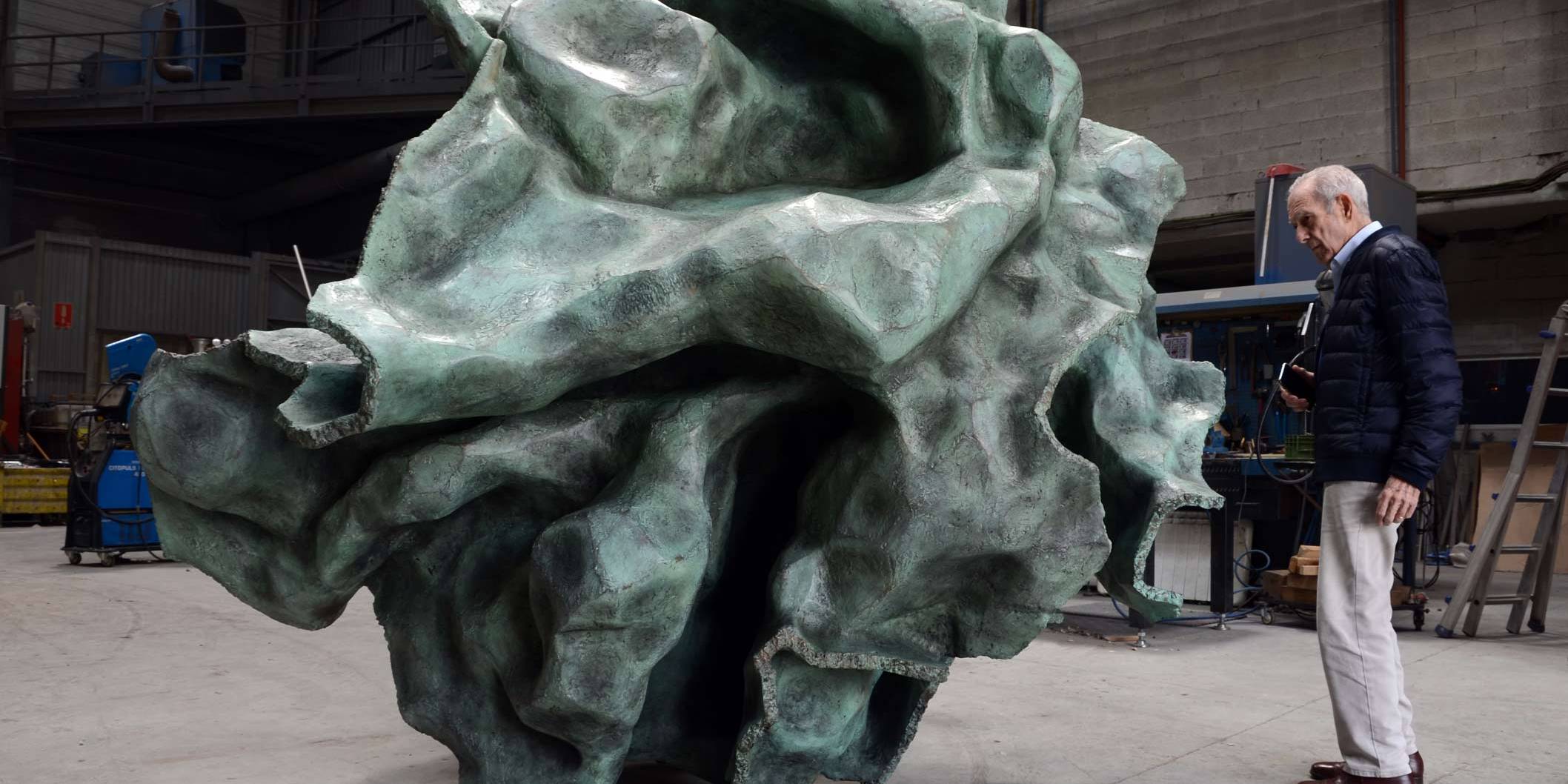
Bronze Art: Timeless Material for Contemporary Sculpture
Among all sculptural materials, bronze holds a unique place. Revered for its durability, elegance, and workability, bronze art has shaped civilizations—from classical antiquity to today’s contemporary public installations. For artists and institutions alike, bronze remains a medium of choice when permanence, precision, and prestige are required.
At Alfa Arte, bronze is not just a material—it is a language through which ideas take form and endure across generations.
Why Bronze?
Bronze is an alloy primarily composed of copper and tin, prized for its ability to capture intricate details and its resilience in outdoor environments. It resists corrosion, weathers beautifully over time, and is ideal for casting through traditional and modern techniques.
Key Advantages:
-
Excellent detail fidelity
-
Long-term durability outdoors
-
Versatile patination and finishing options
-
Suitable for large- and small-scale artworks
Bronze is equally effective for small fine art pieces and monumental urban sculpture—offering both intimacy and impact.
The Process Behind Bronze Art
1. Modeling and Preparation
Every bronze artwork begins with a model—whether physical (in wax, clay, or resin) or digital. This model becomes the foundation for mold creation.
See how we support this step through digital modeling and 3D scanning
2. Lost Wax or Sand Casting
In lost wax casting, a wax version of the sculpture is encased in ceramic, then replaced by molten bronze. Sand casting, on the other hand, uses compressed sand molds for larger and more geometric works.
Learn more about our artistic foundry services
3. Chasing, Assembly and Finishing
After casting, the bronze is cleaned, welded (if necessary), and refined. The surface can then be patinated using heat and chemicals, or polished to reveal the raw metal’s shine.
Discover the role of patina, painting and finishes in bronze sculpture
Bronze Art in Public and Private Contexts
Bronze is often chosen for:
-
Public art installations due to its resilience and prestige
-
Museum and gallery works for its craftsmanship and finish
-
Memorials and commemorative pieces for its timeless appeal
-
Corporate and architectural sculpture for its monumental presence
Whether abstract or figurative, bronze lends gravity and permanence to the message an artist wishes to convey.
Sustainability and Longevity
Bronze sculptures can last centuries with minimal intervention. Moreover, bronze is a recyclable material, making it a sustainable option in both art and architecture.
Its patina evolves naturally over time, deepening in character and visual richness—transforming the artwork with the seasons.
Final Thoughts: Bronze Art
Bronze art is where tradition meets innovation. It connects sculptors to a legacy of craftsmanship, yet allows endless possibilities for experimentation and expression. From ancient icons to contemporary public pieces, bronze remains a medium of trust, strength, and artistry.
At Alfa Arte, we specialize in bringing bronze sculptures to life—from concept to casting, assembly, and installation. With decades of experience, we help creators craft works that endure both technically and emotionally, generation after generation.